-
 bitcoin
bitcoin $114779.865156 USD
2.30% -
 ethereum
ethereum $4226.519789 USD
2.39% -
 tether
tether $1.000545 USD
0.04% -
 xrp
xrp $2.890223 USD
0.92% -
 bnb
bnb $1030.029301 USD
2.95% -
 solana
solana $212.824944 USD
1.69% -
 usd-coin
usd-coin $0.999757 USD
0.01% -
 dogecoin
dogecoin $0.234961 USD
-0.27% -
 tron
tron $0.337174 USD
0.42% -
 cardano
cardano $0.804783 USD
0.09% -
 hyperliquid
hyperliquid $45.748770 USD
-2.85% -
 chainlink
chainlink $21.699170 USD
0.82% -
 ethena-usde
ethena-usde $1.001452 USD
0.08% -
 avalanche
avalanche $30.237800 USD
1.14% -
 stellar
stellar $0.372604 USD
1.52%
Solo mining vs. pool mining: what are the pros and cons?
Solo mining offers full block rewards but high unpredictability, while pool mining provides steady, shared payouts with lower variance and operational risks.
Aug 06, 2025 at 08:15 pm
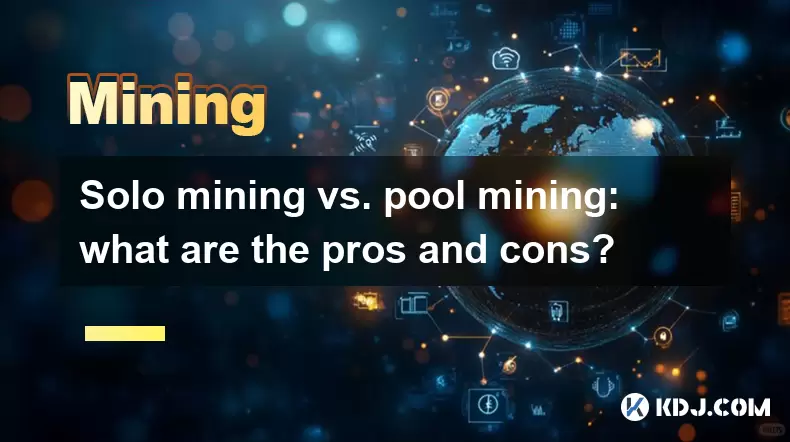
Understanding Solo Mining in Cryptocurrency
Solo mining refers to the process where an individual miner attempts to solve a block on their own without joining a collective group. In this setup, the miner uses their own computational resources to validate transactions and add new blocks to the blockchain. If successful, the entire block reward goes directly to the miner. This includes both the block subsidy (newly minted coins) and any transaction fees included in the block.
The primary appeal of solo mining lies in full reward retention. There is no need to share earnings with others, which can be highly lucrative if a block is found. However, the probability of finding a block solo depends heavily on the miner’s hashrate relative to the total network hashrate. On large networks like Bitcoin, the difficulty is so high that individual miners, even with powerful ASICs, may go months or years without discovering a single block.
Another critical aspect is predictability. Solo mining rewards are highly unpredictable and follow a Poisson distribution. Miners may experience long dry spells, which can be financially unsustainable without deep pockets or alternative income sources. This unpredictability makes solo mining impractical for most individuals on major networks.
How Pool Mining Works and Its Core Mechanism
Pool mining involves multiple miners combining their computational power to increase the likelihood of solving a block. When a block is successfully mined, the reward is distributed among participants based on their contributed hashrate. Pools use a central server to coordinate mining efforts, assign work units, and track each miner’s share of the total effort.
One of the key advantages of pool mining is reduced variance in income. Instead of waiting indefinitely for a rare block find, miners receive frequent, smaller payouts. These payouts are calculated using various reward distribution methods, such as PPLNS (Pay Per Last N Shares), PPS (Pay Per Share), or FPPS (Full Pay Per Share). Each method has different implications for payout stability and fee structure.
For example, in PPS, miners are paid immediately for each valid share they submit, regardless of whether the pool finds a block. This method shifts more risk to the pool operator but offers miners predictable earnings. Conversely, PPLNS pays based on the last N shares submitted before a block is found, encouraging consistent participation and reducing the incentive for miners to switch pools frequently.
Pools also charge a fee, typically ranging from 1% to 3%, deducted from the total reward. Some pools offer lower fees but may lack advanced features or reliability. Choosing the right pool involves evaluating payout frequency, fee structure, server uptime, and geographic proximity to reduce latency.
Hardware and Network Requirements for Solo Mining
To engage in solo mining, a miner must possess high-performance hardware capable of competing with the global network hashrate. For Bitcoin, this means using ASIC miners such as the Antminer S19 series, which can deliver hashrates exceeding 100 TH/s. Even with such equipment, the chances of finding a block remain extremely low unless the miner controls a significant portion of the network.
In addition to hardware, low-latency internet connectivity is essential. Delays in receiving new block headers or propagating a found block can result in orphaned blocks, where another miner’s block is accepted first. To minimize this risk, solo miners often run a full node synchronized with the blockchain, ensuring fast validation and propagation.
Power consumption is another critical factor. High-end ASICs consume 3000+ watts, leading to substantial electricity costs. A cost-benefit analysis must consider electricity rates, hardware efficiency (J/TH), and cooling requirements. In regions with expensive power, solo mining may never be profitable, regardless of hardware quality.
Miners must also maintain up-to-date mining software such as CGMiner, BFGMiner, or EasyMiner, configured to connect directly to their own node. Configuration files must specify the block template source, reward address, and network parameters. Any misconfiguration can result in wasted computation or failed block submissions.
Comparing Profitability: Solo vs. Pool Mining
Profitability in mining depends on block frequency, reward distribution, and operational costs. While solo mining offers the potential for larger individual payouts, the expected value over time is often lower due to high variance and long intervals between rewards.
Using a mining profitability calculator, one can compare estimated returns. For instance, a miner with 100 TH/s on the Bitcoin network might expect to find a block roughly once every 1,000 days under current difficulty. If successful, they receive 6.25 BTC plus fees. However, the standard deviation of income is massive, making financial planning difficult.
In contrast, the same miner joining a pool would earn daily payouts proportional to their hashrate. Assuming a 2% pool fee and current network conditions, the daily income might be around 0.006 BTC, with minimal variance. While each payout is smaller, the consistency allows for better cash flow management.
Electricity costs further influence profitability. At $0.10 per kWh, a 100 TH/s ASIC consuming 3,200 watts costs approximately $7.68 per day in power. If solo mining yields no blocks for months, losses accumulate. Pool mining, with steady returns, allows miners to assess break-even points and adjust operations accordingly.
Risks and Security Considerations in Both Models
Solo mining introduces centralization risks if a single entity amasses enough hashrate to approach 51% of the network. While rare for individuals, this scenario could enable double-spending attacks or block withholding. Most solo miners do not reach this threshold, but the theoretical risk remains.
For pool mining, the primary concern is centralization of power. A few large pools often control a significant portion of the network hashrate. If a single pool exceeds 50%, it could compromise network security. To mitigate this, some communities advocate for decentralized pools or encourage miners to distribute their hashrate.
Another risk in pool mining is trust in the operator. Malicious pool owners could withhold blocks or manipulate payout calculations. Miners should choose pools with transparent statistics, open-source software, and long-term reputations. Auditing payout records and verifying block submissions can help detect fraud.
Network attacks such as DDoS can disrupt both solo and pool operations. Solo miners running public nodes may be targeted to delay block propagation. Pool miners depend on the pool’s infrastructure; downtime means lost shares and income. Using redundant connections and backup pools can reduce exposure.
Frequently Asked Questions
Can I switch from solo mining to pool mining without changing hardware?Yes. The same ASIC or GPU setup used for solo mining can be reconfigured to connect to a mining pool. You only need to update the mining software settings to point to the pool’s server address, port, and your wallet credentials. No hardware changes are required.
Do solo miners need to run a full node?While not strictly mandatory, running a full node is strongly recommended. It ensures you receive block templates directly from the blockchain, reduces reliance on third parties, and improves the chances of successfully propagating a found block without delays.
How are pool mining payouts calculated?Pools use share-based systems. When you submit a valid share (a proof-of-work below the target difficulty), the pool logs it. Payouts are distributed based on your share count relative to others, using methods like PPLNS or PPS. Payouts are typically sent automatically when a threshold is reached.
Is solo mining more secure than pool mining?Solo mining reduces reliance on third parties, giving you full control over your rewards and block propagation. However, it does not inherently make the network more secure. In fact, large pools pose greater centralization risks, but individual solo miners contribute to decentralization by operating independently.
Disclaimer:info@kdj.com
The information provided is not trading advice. kdj.com does not assume any responsibility for any investments made based on the information provided in this article. Cryptocurrencies are highly volatile and it is highly recommended that you invest with caution after thorough research!
If you believe that the content used on this website infringes your copyright, please contact us immediately (info@kdj.com) and we will delete it promptly.
- BlockDAG, DOGE, HYPE Sponsorship: Crypto Trends Shaping 2025
- 2025-10-01 00:25:13
- Deutsche Börse and Circle: A StableCoin Adoption Powerhouse in Europe
- 2025-10-01 00:25:13
- BlockDAG's Presale Buzz: Is It the Crypto to Watch in October 2025?
- 2025-10-01 00:30:13
- Bitcoin, Crypto, and IQ: When Genius Meets Digital Gold?
- 2025-10-01 00:30:13
- Stablecoins, American Innovation, and Wallet Tokens: The Next Frontier
- 2025-10-01 00:35:12
- NBU, Coins, and Crypto in Ukraine: A New Yorker's Take
- 2025-10-01 00:45:14
Related knowledge
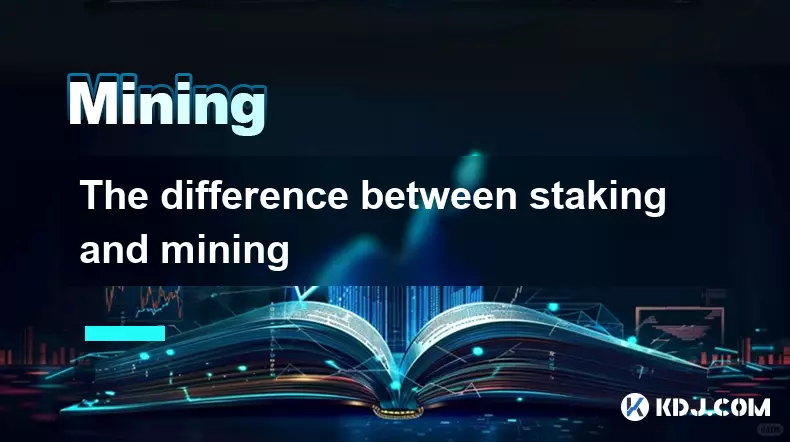
The difference between staking and mining
Sep 24,2025 at 05:18am
Understanding Staking in the Cryptocurrency Ecosystem1. Staking involves holding funds in a cryptocurrency wallet to support the operations of a block...
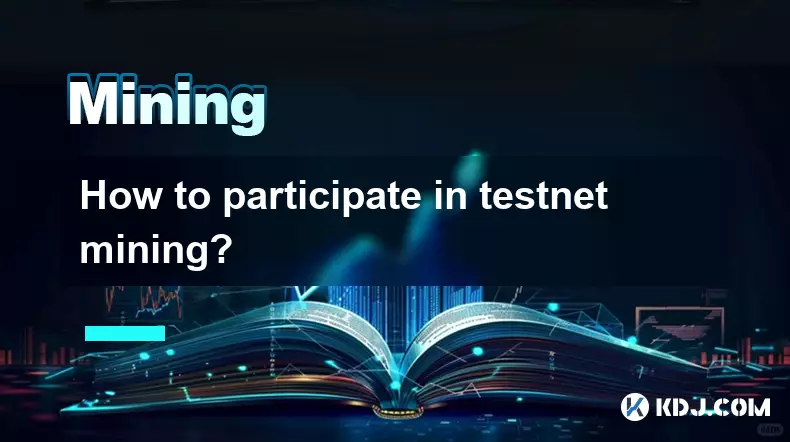
How to participate in testnet mining?
Sep 22,2025 at 09:18am
Understanding Testnet Mining in the Crypto Ecosystem1. Testnet mining is a method used by blockchain developers to simulate real-world conditions on a...

How to dispose of abandoned mining machines?
Sep 19,2025 at 08:19pm
Assessing the Condition of Abandoned Mining Rigs1. Begin by inspecting each mining machine for visible damage, corrosion, or missing components. Machi...

How to identify high-quality mining pools?
Sep 21,2025 at 03:19pm
Reputation and Track Record1. A mining pool’s reputation is built over time through consistent performance and transparency. Pools that have operated ...
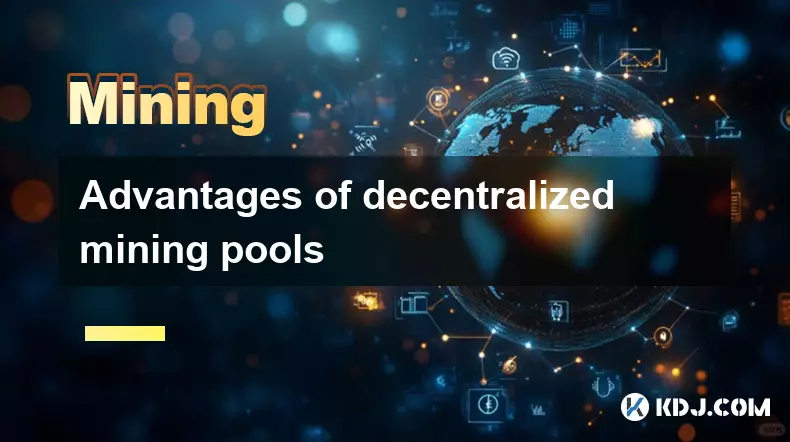
Advantages of decentralized mining pools
Sep 20,2025 at 04:36pm
Enhanced Security and Resistance to Censorship1. Decentralized mining pools operate on blockchain-based smart contracts, eliminating the need for a ce...
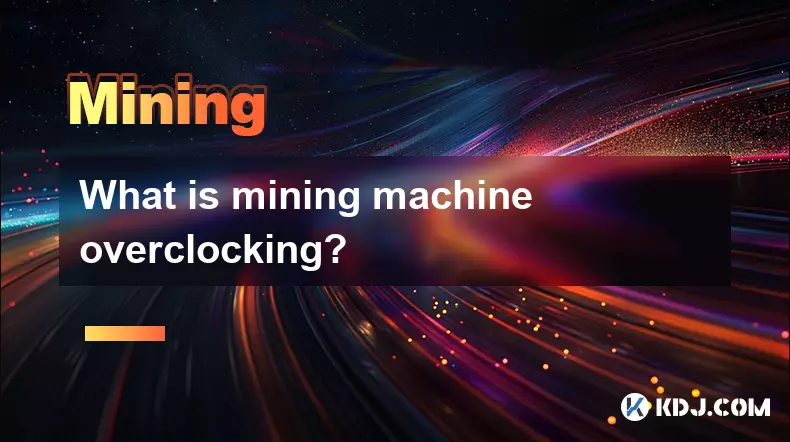
What is mining machine overclocking?
Sep 21,2025 at 07:19pm
Understanding Mining Machine Overclocking1. Mining machine overclocking refers to the process of increasing the operating frequency of a cryptocurrenc...

The difference between staking and mining
Sep 24,2025 at 05:18am
Understanding Staking in the Cryptocurrency Ecosystem1. Staking involves holding funds in a cryptocurrency wallet to support the operations of a block...

How to participate in testnet mining?
Sep 22,2025 at 09:18am
Understanding Testnet Mining in the Crypto Ecosystem1. Testnet mining is a method used by blockchain developers to simulate real-world conditions on a...

How to dispose of abandoned mining machines?
Sep 19,2025 at 08:19pm
Assessing the Condition of Abandoned Mining Rigs1. Begin by inspecting each mining machine for visible damage, corrosion, or missing components. Machi...

How to identify high-quality mining pools?
Sep 21,2025 at 03:19pm
Reputation and Track Record1. A mining pool’s reputation is built over time through consistent performance and transparency. Pools that have operated ...

Advantages of decentralized mining pools
Sep 20,2025 at 04:36pm
Enhanced Security and Resistance to Censorship1. Decentralized mining pools operate on blockchain-based smart contracts, eliminating the need for a ce...

What is mining machine overclocking?
Sep 21,2025 at 07:19pm
Understanding Mining Machine Overclocking1. Mining machine overclocking refers to the process of increasing the operating frequency of a cryptocurrenc...
See all articles










































































